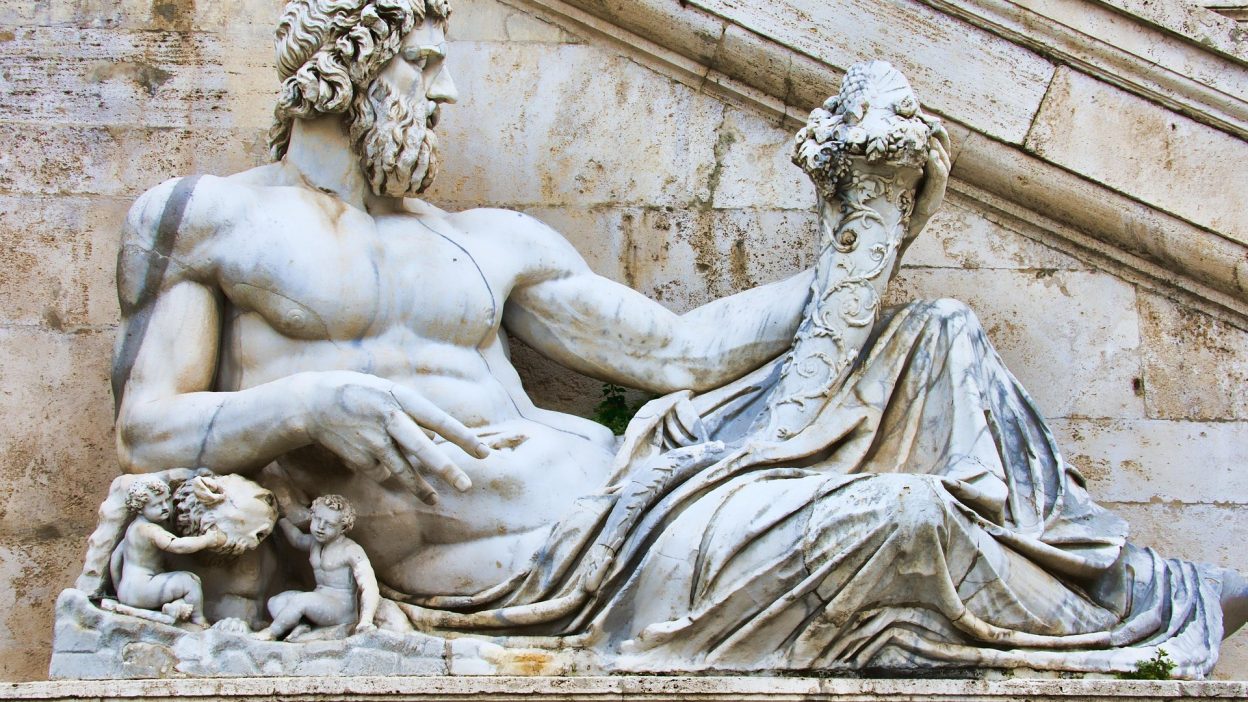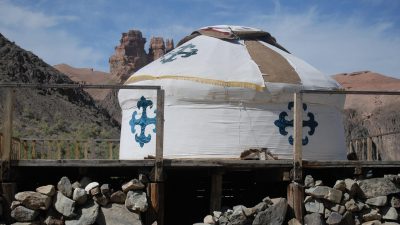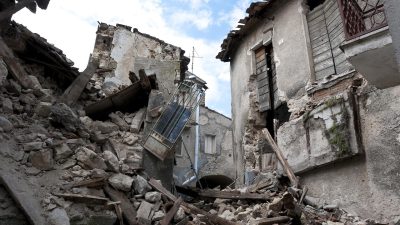When The Roman Empire Trembled
1. The Roman Empire Shaken: How Antioch Fell to the Wrath of Nature
Antioch, one of the most prominent cities of the Roman Empire, was reduced to rubble in 115 AD when an immense earthquake struck, causing devastation beyond imagination. Nestled in a seismically active region, Antioch had long been a centre of politics, trade, and culture. However, nothing could prepare it for the sheer scale of destruction that unfolded on that fateful day.
As one of the empire’s most essential urban centres, Antioch’s fall sent shockwaves through Rome itself. Emperor Trajan, who was present in the city at the time, barely escaped the catastrophe. This disaster was not just an earthquake; it was an event that reshaped history, leaving both physical and psychological scars that would be remembered for centuries.
2. The Fateful Day: When the Earth Shook Antioch to Its Core
It was a day like any other until the ground beneath Antioch began to tremble violently. As historians recount, the earthquake likely struck in the early hours, catching thousands in their sleep. The tremors were so powerful that they razed entire districts, toppling buildings, monuments, and homes.
The devastation was not limited to Antioch alone; Daphne and Apamea, two neighbouring cities, also suffered immense damage. The very foundations of Antioch were shaken, causing massive fissures in the earth, collapsing infrastructure, and sparking fires that raged uncontrollably. The once-thriving metropolis became a death trap, burying thousands beneath its own grandeur.
3. Casualties and Aftermath: The Unimaginable Human Cost
The 115 AD Antioch Earthquake remains one of the most catastrophic natural disasters of the ancient world. The death toll and injuries were staggering:
- Tens of thousands perished, crushed beneath collapsing buildings or swallowed by the earth itself.
- Emperor Trajan himself was caught in the disaster, barely managing to escape the ruins.
- Hadrian, his future successor, was also present and later played a significant role in rebuilding efforts.
- Fires erupted across the city, exacerbating the devastation and preventing immediate rescue efforts.
- Many survivors suffered from injuries, with no access to medical aid, leading to further fatalities.
- The widespread destruction crippled Antioch’s economic and political stability for decades to come.
4. A City in Ruins: The Catastrophic Damage to Antioch’s Infrastructure
Once an architectural marvel, Antioch was left in complete ruin. The imperial palace, temples, homes, and public baths were reduced to rubble. Streets that once bustled with merchants and citizens were now filled with wreckage and bodies.
The scale of destruction forced the Roman administration into an immediate state of crisis management. The once-glorious colonnades of the city were nothing more than shattered stones. Bridges collapsed, cutting off essential trade routes, and the famous Hippodrome, a hub of entertainment, was utterly destroyed. Antioch, once a beacon of Roman grandeur, was left gasping for survival.
5. The Tsunami Threat: Did the Disaster Extend to the Mediterranean?
The force of the earthquake was so great that some historians suggest it may have triggered a tsunami in the Mediterranean Sea. While definitive records remain scarce, accounts of coastal flooding in the region support this theory.
The possibility of a tsunami adds another layer to the devastation, particularly for coastal settlements that may have experienced massive tidal waves shortly after the earthquake. If this theory is correct, then the disaster extended far beyond just Antioch, affecting maritime trade and settlements along the coastline.
6. Emperor Trajan’s Survival: A Narrow Escape from Death
The presence of Emperor Trajan in Antioch at the time of the earthquake was a historical twist that could have changed the course of the Roman Empire. Had he perished, the empire’s fate might have been drastically different.
Survivors recount how the emperor miraculously escaped the collapsing structures, though he did sustain injuries. His close brush with death is believed to have impacted his later policies, making him more aware of the vulnerability of Roman cities to natural calamities. His survival was a relief for the empire, but the event also underscored just how unpredictable nature could be, even for the mightiest rulers.
7. Rebuilding Antioch: The Roman Response to the Tragedy
- Immediate Rescue Efforts: The city was left in chaos, with survivors struggling to clear debris and locate trapped individuals.
- Hadrian’s Role: Trajan’s successor, Hadrian, played a pivotal role in overseeing reconstruction, ensuring that Antioch was restored to its former glory.
- New Architectural Measures: The disaster forced the Romans to reconsider their construction techniques, leading to more earthquake-resistant structures in later years.
- Political and Economic Impact: The empire had to divert significant resources to rebuilding efforts, temporarily weakening its hold over distant territories.
- Religious Interpretations: Many saw the earthquake as divine punishment, leading to a surge in religious practices and offerings to appease the gods.
8. The Psychological Impact: Fear and Superstition in the Roman World
Beyond the physical devastation, the 115 AD Antioch Earthquake left a deep psychological impact on the people of the empire. Ancient societies often interpreted natural disasters as signs of divine wrath, and this event was no different.
Fear spread across the empire, with many believing that the gods were displeased. This led to an increase in religious offerings, rituals, and even scapegoating of certain groups. Such disasters reinforced the idea that no matter how mighty Rome was, it was still at the mercy of forces beyond its control.
9. Lessons from History: How This Ancient Disaster Resonates Today
Even today, the 115 AD Antioch Earthquake serves as a reminder of the unpredictability and power of nature. It highlights the importance of earthquake-resistant architecture, disaster preparedness, and swift emergency response.
The destruction of Antioch shares eerie similarities with modern disasters, showing that even the most advanced civilisations remain vulnerable. The Roman Empire learned from this catastrophe, and its response shaped future approaches to urban resilience.
10. The Legacy of the 115 AD Antioch Earthquake: A Disaster That Altered History
The earthquake was not just a tragic event—it was a defining moment in history. It reshaped Antioch’s development, influenced Roman policies, and changed the trajectory of an empire that once seemed unstoppable.
This disaster serves as a crucial case study in how civilisations adapt to calamities. The resilience of Antioch, its people, and the Roman Empire as a whole proves that while nature may strike with fury, humanity always finds a way to rebuild and move forward.
FAQs
1. How powerful was the 115 AD Antioch Earthquake?
While no modern measurements exist, historical accounts suggest it was a massive earthquake, likely exceeding 7.5 in magnitude.
2. Did Emperor Trajan get injured in the earthquake?
Yes, Trajan suffered minor injuries but managed to escape alive. His survival was crucial for the stability of the empire.
3. How many people died in the Antioch Earthquake?
Exact numbers are unknown, but tens of thousands perished, making it one of the deadliest earthquakes in ancient history.
4. Was Antioch completely destroyed?
Yes, the earthquake left most of the city in ruins, requiring extensive rebuilding efforts over the following years.5. Did a tsunami follow the earthquake?
Some historical records suggest that a tsunami might have hit coastal regions, but definitive proof remains elusive.




